Magnoliophyta
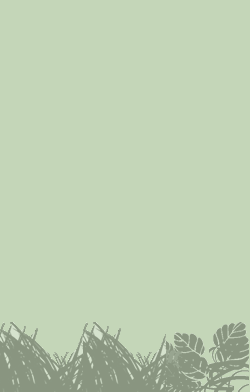
Wild Daffodil
Narcissus pseudonarcissus

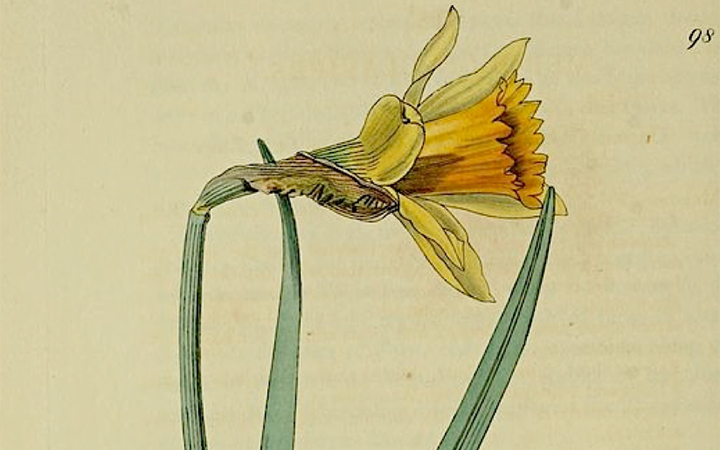
3 POINTS
Fact: In Britain native populations have decreased substantially since the 19th century due to intensification of agriculture, clearance of woodland and uprooting of the bulbs for use in gardens.
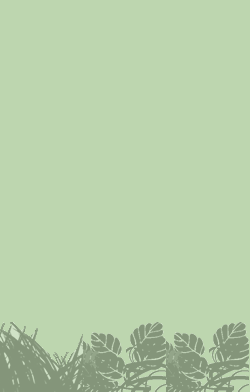
Buttercup
Ranunculus acris

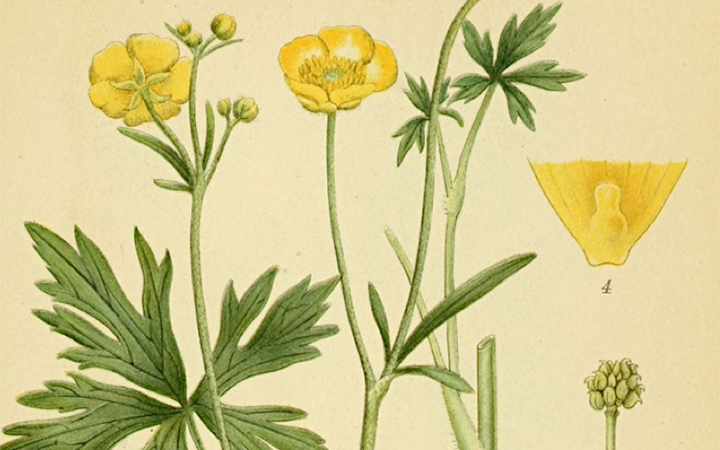
2 POINTS
Fact: All Ranunculus species are poisonous when eaten fresh by cattle, horses, and other livestock.

Orange Ball Buddleja
Buddleja globosa



2 POINTS
• Buddleja globosa has a SPREAD of 2.
• Buddleja globosa flowers smell like honey.

Orange Heleconia
Heliconia wagneriana



3 POINTS
• Heliconia wagneriana has a SPREAD of 2.
• Heliconias are native to the tropical Americas and the Pacific Ocean islands.

Garden Strawberry
Fragaria × ananassa

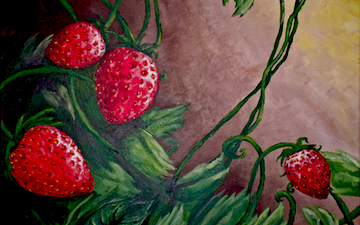
3 POINTS • Fragaria × ananassa has a SPREAD of 1 (requires a POLLINATOR). Each “seed” on the outside of the fruit is actually one of the ovaries of the flower, with a seed inside it.

Buttercup Scorpion Weed
Phacelia covillei


3 POINTS
• Phacelia covillei has a SPREAD of 1 (requires a POLLINATOR.